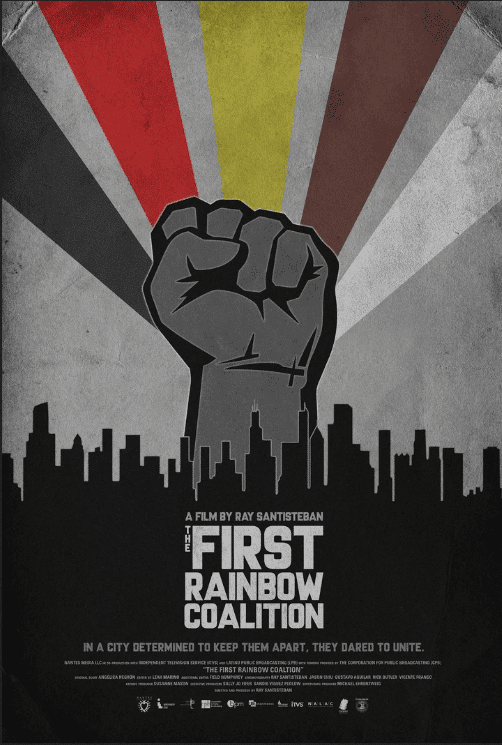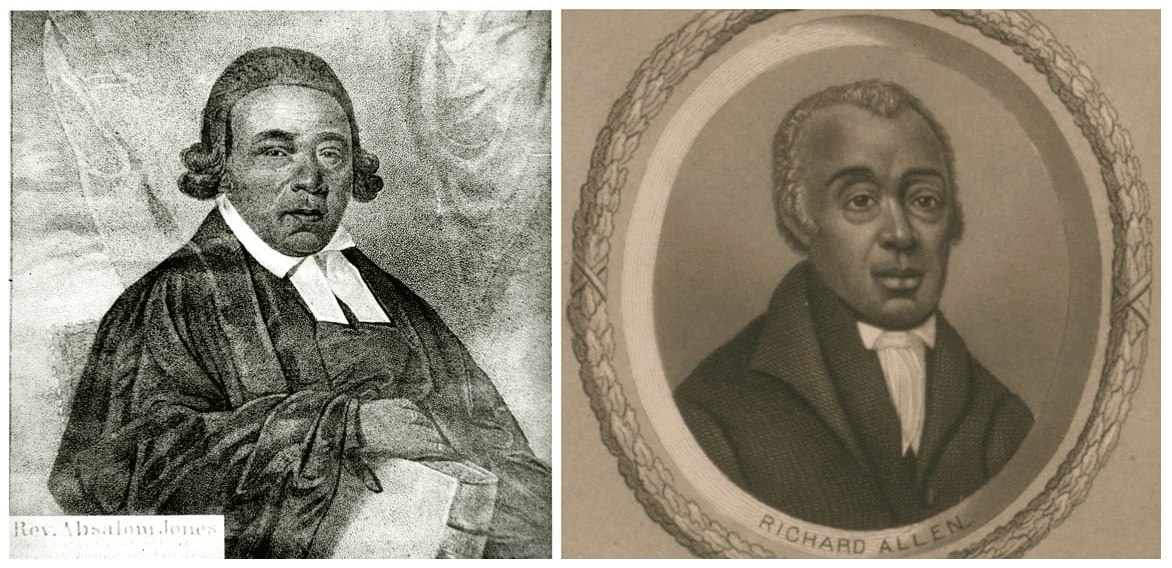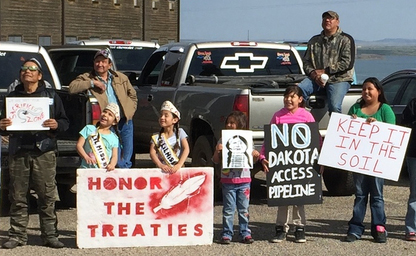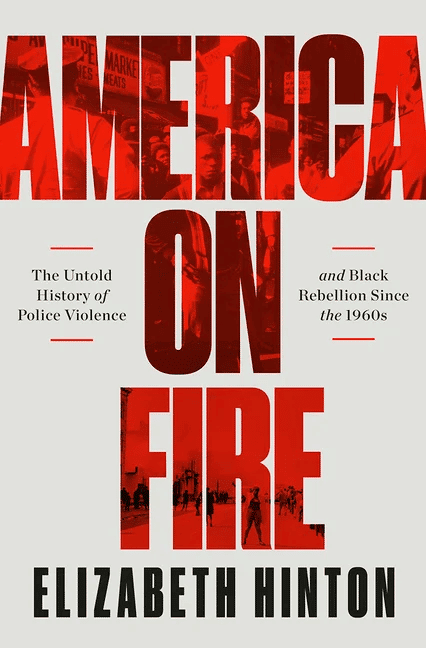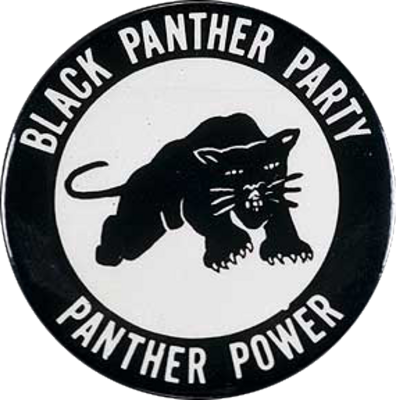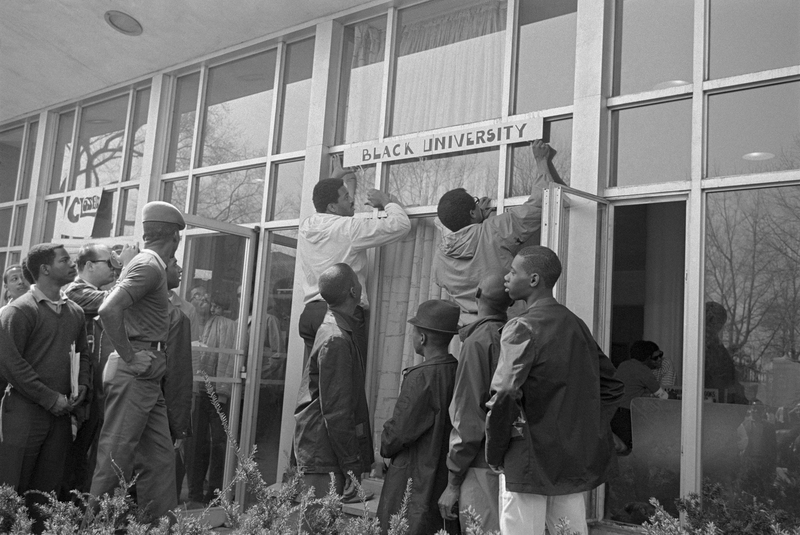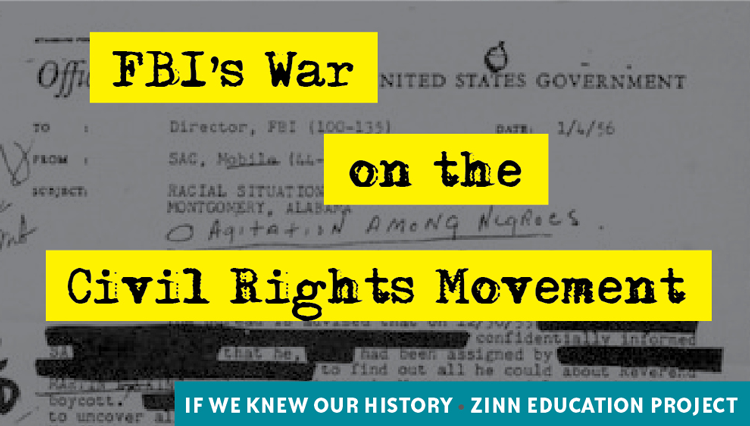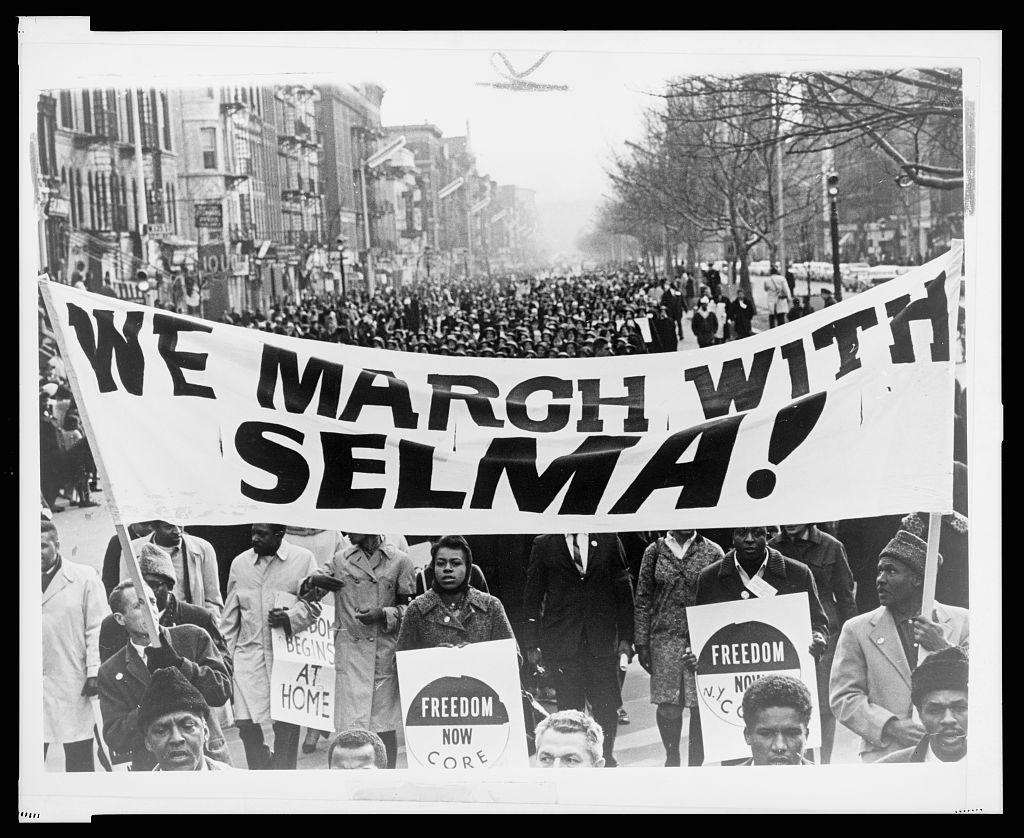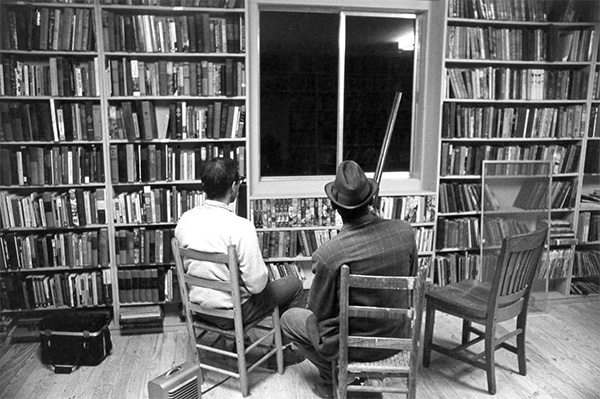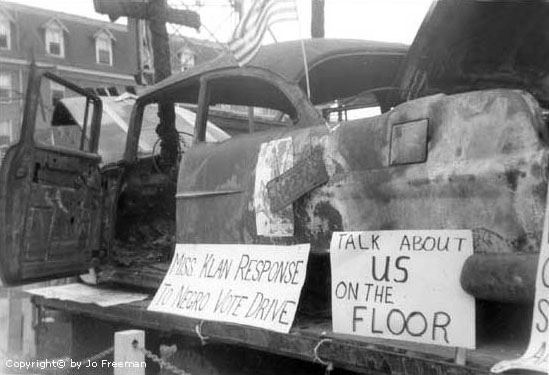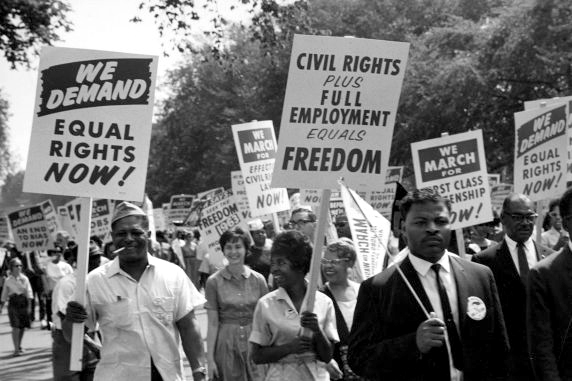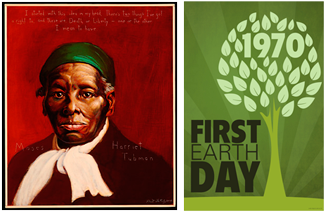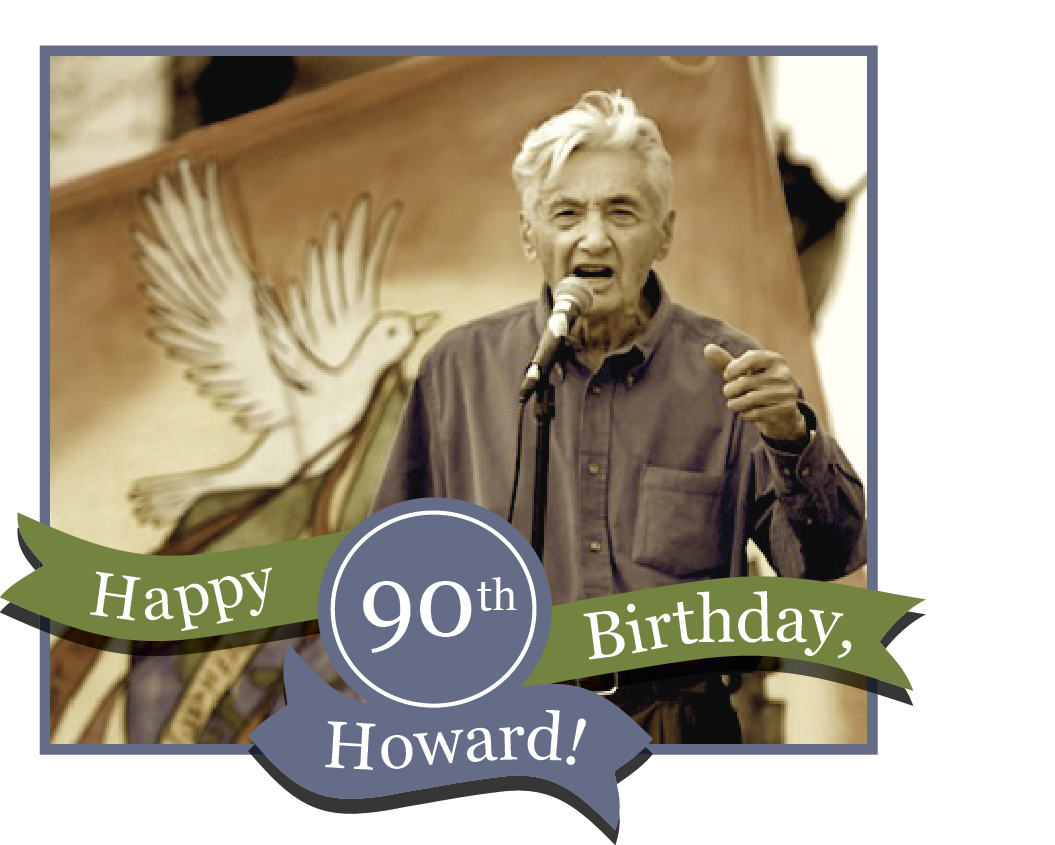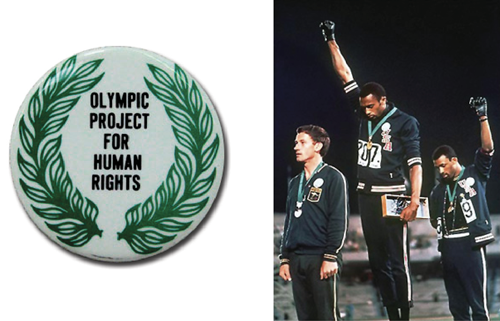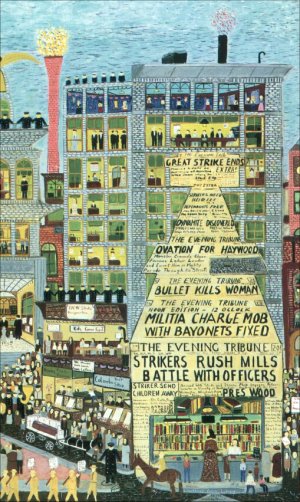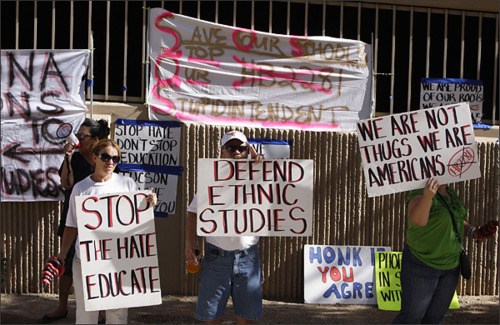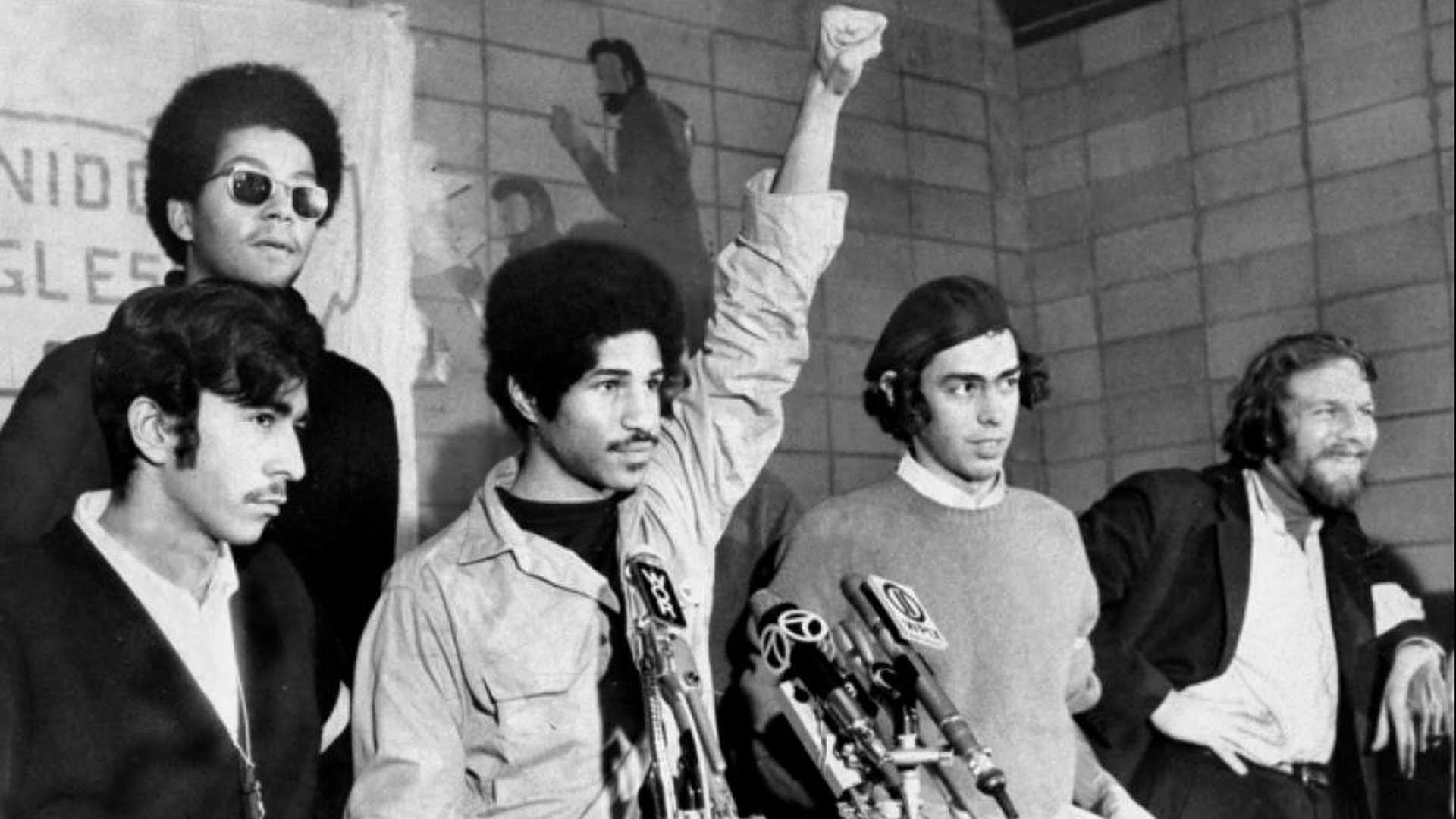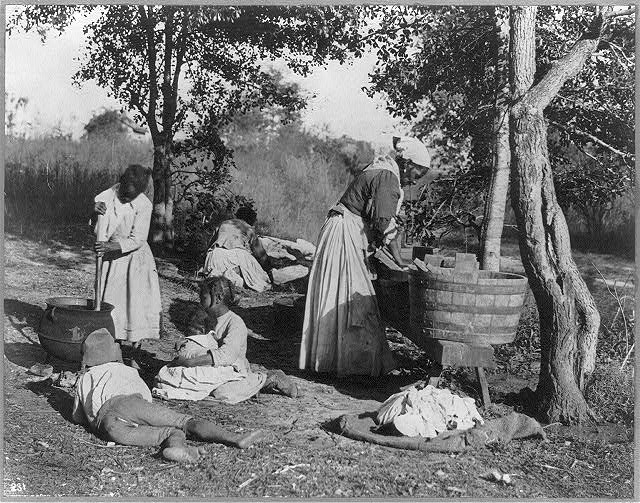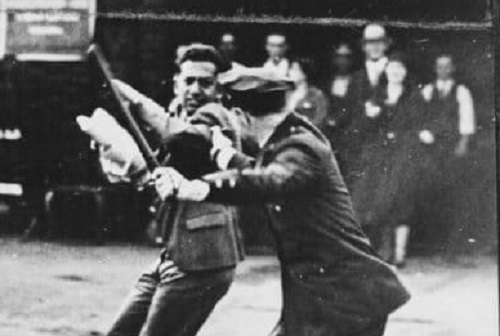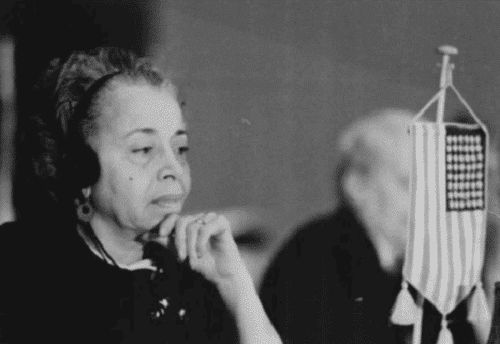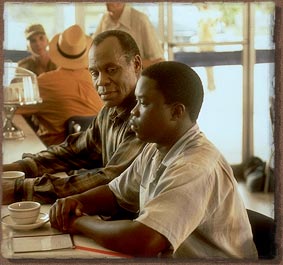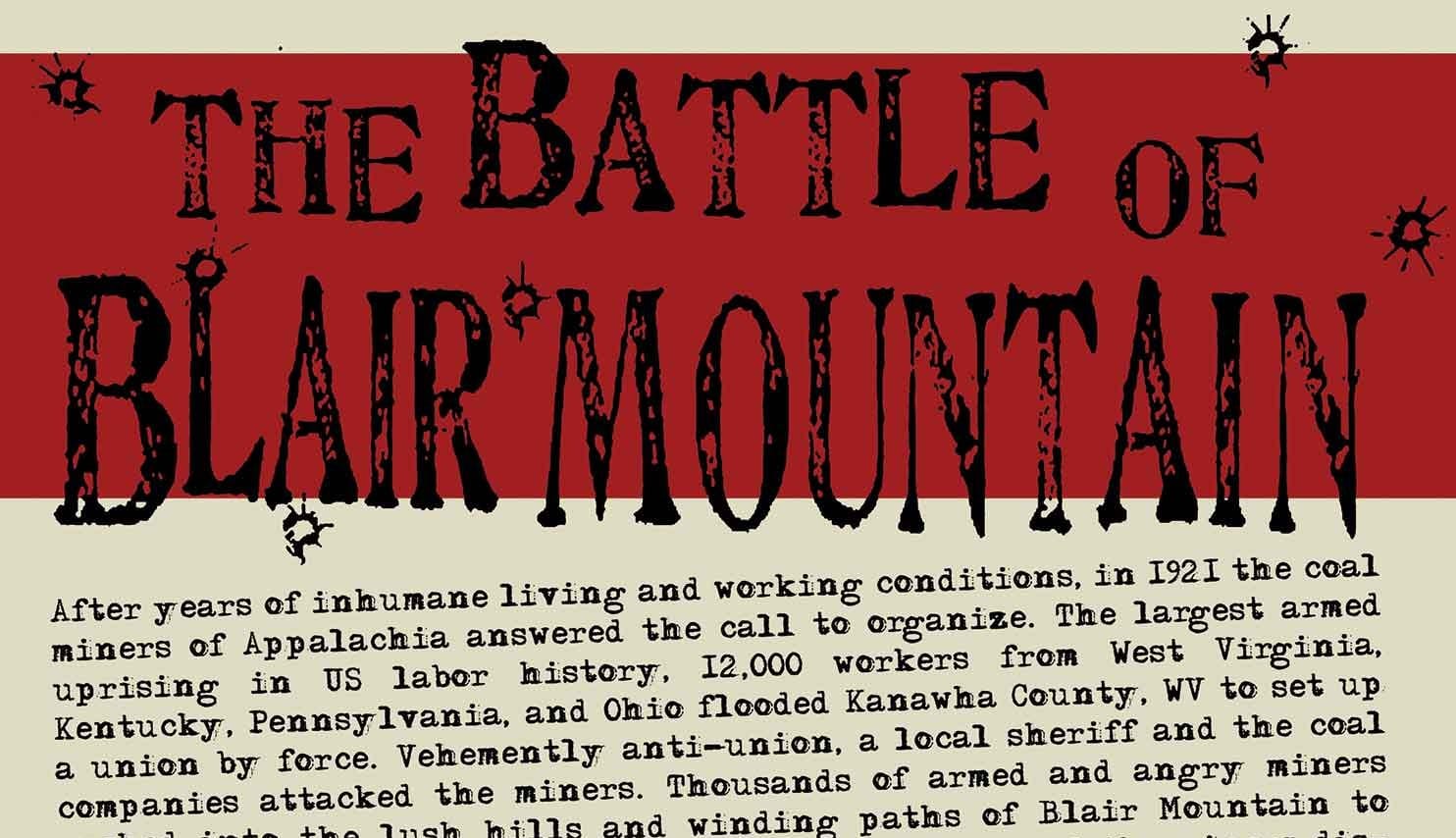Film. Directed and produced by Ray Santisteban. Nantes Media LLC. 2019. 56 minutes.
In this documentary, Chicago's Black Panther Party forms alliances across lines of race and ethnicity with other community-based movements in the city to collectively confront issues such as police brutality and substandard housing.
Continue reading
The Free African Society was a benevolent organization grounded in Christian religious faith and operating outside denominational differences to serve the social needs of Black Philadelphians.
Continue reading
The Standing Rock Sioux and allies founded a Spirit Camp along the proposed route of the Bakken oil pipeline, Dakota Access to protest the route's construction, and to raise awareness of its threat.
Continue reading
Book — Non-Fiction. By Elizabeth Hinton. 2021. 224 pages.
The rebellion and movement for Black lives of 2020 had clear precursors, this book explains, and any attempt to understand that crisis requires a reckoning with the recent past.
Continue reading
Book — Non-Fiction. By Kekla Magoon. 2021.
An account of militant revolutionaries and human rights advocates working to defend and protect their community.
Continue reading
Book — Non-fiction. By Wesley C. Hogan. 2009. 463 pages.
An innovative study of what the Student Nonviolent Coordinating Committee (SNCC) accomplished and, more importantly, how it fostered significant social change in such a short time.
Continue reading
The Young Lords occupied Lincoln Hospital’s major administrative building in response to deplorable treatment of people of color.
Continue reading
Black women in Atlanta who washed clothes for a living organized an effective Reconstruction era strike — with clear demands, strategic timing, and door-to-door canvassing.
Continue reading
Starting in the spring of 1934, longshoremen across every port on the West Coast struck against the unfair hiring tactics that they experienced daily.
Continue reading
A decade before the March on Washington, a group of Black women known as the Sojourners for Truth and Justice gathered in Washington D.C. to advocate for their rights.
Continue reading
Film. By Phil Alden Robinson. 2006. 117 minutes.
Based on the actual history of the Student Nonviolent Coordinating Committee (SNCC), student activism, and voter registration in McComb, Mississippi, during the Civil Rights Movement.
Continue reading
The Battle of Blair Mountain was the climax of two mine wars fought in the West Virginia coalfields.
Continue reading

